Baikal-Amur Mainline and its role in the lives of the Russians
The Baikal-Amur Mainline (BAM for short) is one of the biggest large-scale construction projects of the Soviet era. The length of the railway is 4,300km. Until now it remains in the minds of the Russian people a phenomenon that has defined millions of lives.
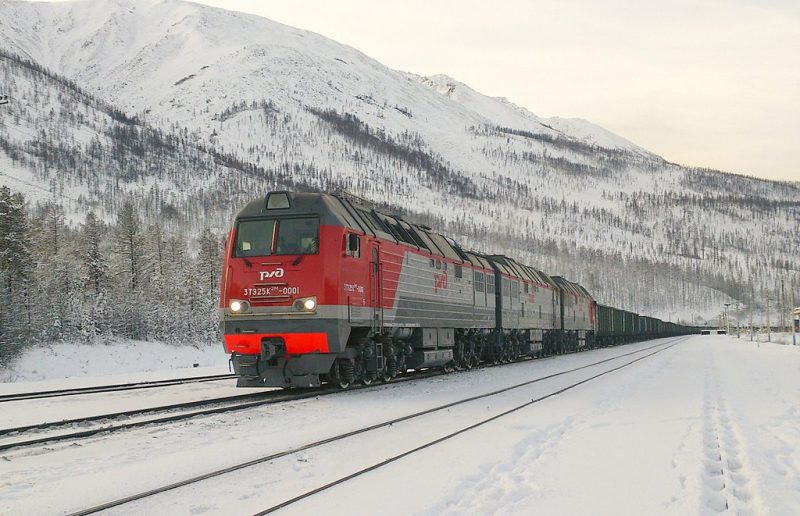
The BAM was a grandiose construction: it was a place of carefree student days, romantic meetings, tragic breakups, and – of course – a place where human lives broke and ended.
The BAM is still shrouded in legends and myths. So, what was it? Just a long railway or something more? In this article we will try to find the answer to this question.
How everything started
The idea of building a railway that would connect the two opposite ends of the country dates back to the end of the 19th century. In 1888, one of the tsarist reconnaissance expeditions made the first transition from the Lena River in the Irkutsk Region to the spot where terminal station of the modern BAM is located. Research from that period show that the chosen route for the future railway could not be built due to impassable terrain and permafrost.
The next attempt to design the BAM was undertaken by the Soviet government. In 1926, several directions were proposed, necessary measurements and aerial photography (an innovative method for that time) were taken, and finally, the BAM’s final route was determined: North of the Trans-Siberian Railway, branching off in Tayshet, across the Angara River in Bratsk and the Lena River in Ust-Kuta, through Severobaikalsk, skirting Lake Baikal from the north, through Tynda, crossing the Amur River in Komsomolsk-on-Amur and ending on the Pacific Ocean in Sovetskaya Gavan. This was the first successful but still a tiny step in the construction of the BAM.
The builders of the BAM faced many problems, for example:
– mountainous terrain and periodically encountered bands of permafrost, impenetrable forests, swamps, embankments and the taiga;
– lack of necessary equipment and technical support;
– lack of workers (the project implied the involvement of 25 thousand workers, but only 2.5 thousand people were involved which slowed down the construction of the BAM).

The Soviet leadership could offer a solution to only one problem out of three. To compensate for the small number of workers, the so-called Bamlag (Baikal-Amur labor correctional camp where political criminals and repressed ones were sent) prisoners were sent. Due to physical exhaustion, they could not fully participate in the construction of the railway. The main functions that were given to the Bamlag prisoners were logging, woodworking, and paving roads in difficult sections of the taiga.
Modern statistics cannot provide accurate information about the number of prisoners who participated in the construction for its entire period. Given this fact, the attitude of people towards the construction of BAM remains heterogeneous, and in the society, there is a trend of talking about the fate of people who spent years of their life on one of the main construction sites of the century.
The construction of the Baikal-Amur Mainline in the 1930s was slow and constantly interrupted: a lack of funding and a bad living conditions for workers affected it. During the Second World War, the construction of BAM stopped and resumed only in 1947. Within 10 years, the first trains were launched along the first section of the BAM. This pace of construction was not fast enough, therefore, in April 1974, the Soviet leadership declared the BAM a “All-Union shock Komsomol construction site”. This allowed to attract hundreds of thousands of people to the construction of the railway.
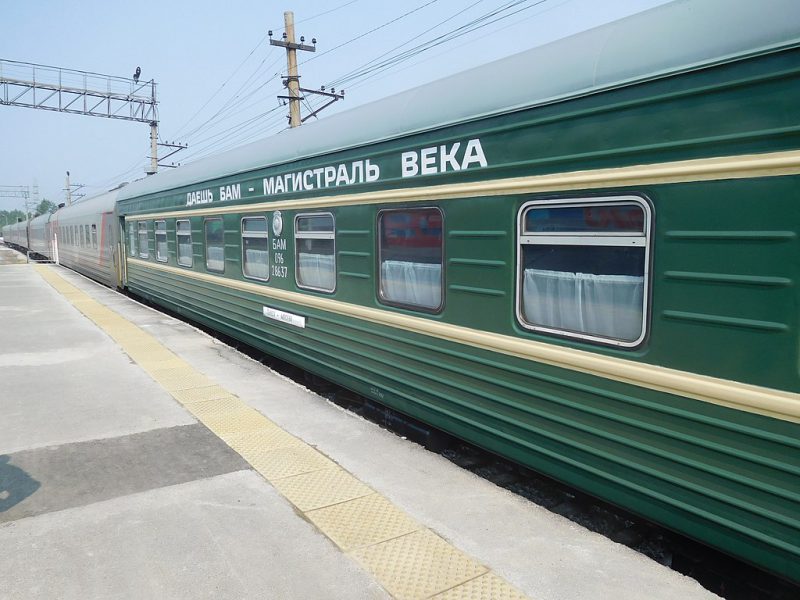
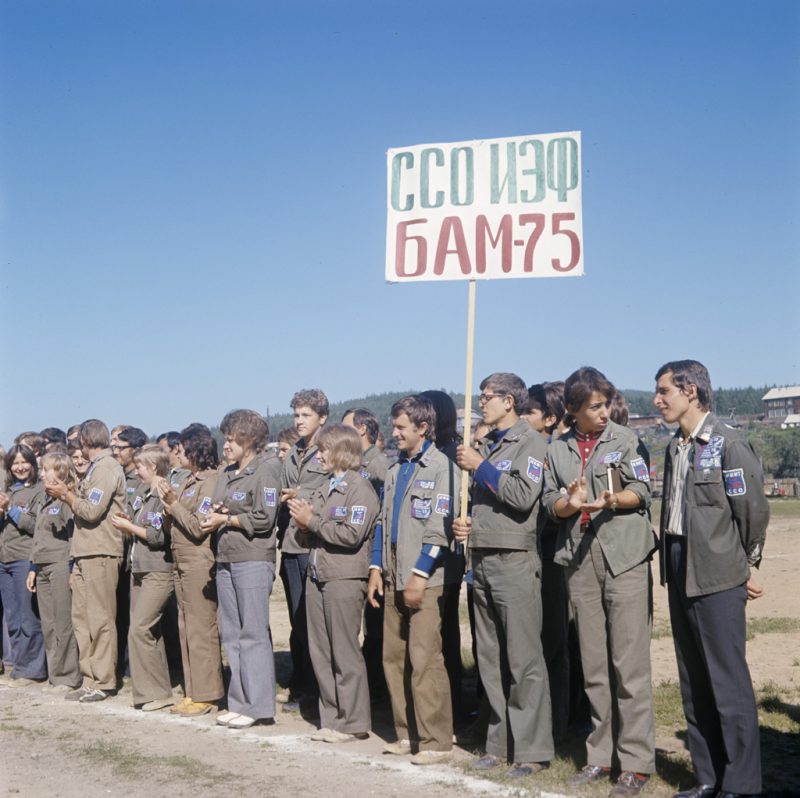
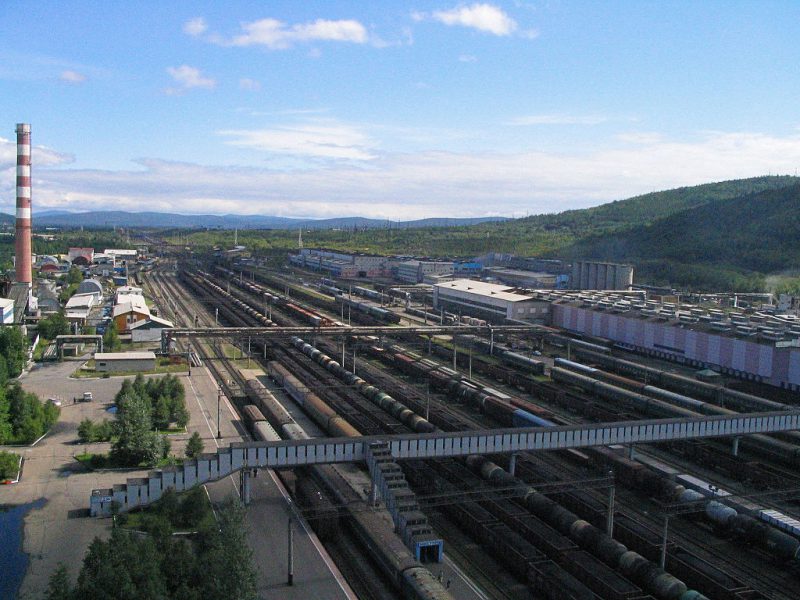
Heydays of Baikal-Amur Mainline
Speaking in modern terms, the Soviet Government made a political move: only staunch communists, Komsomol members and well-established non-party people could become participants in the All-Union shock Komsomol construction. For many people, the construction of the BAM became their own contribution to the development and prosperity of the Soviet Union. Some saw in the BAM an opportunity for climbing the career ladder, others went to the construction site only because they could not decide on their life path and dreamed of finding a meaning in life among inspired colleagues. One way or another, the construction of the BAM continued at an accelerated pace, and a new page began in the life of the country and people.
It was not easy to get to the BAM. Since the construction required competent and hardy specialists, it was necessary to establish and prove one self’s worth. For example, at university departments or enterprises of all Union republics, the smartest, most diligent, quick-witted, and literate people, as well as sportsmen or physically well-built people were selected.
Arriving to the BAM, people were faced with life as it was: lack of amenities, harsh climate, lack of minimal comfort. However, the Soviet leadership, realizing the need for the rapid construction of the highway, soon provided volunteers with housing (in the beginning, small living cars were set up, and later houses), decent wages (BAM builders earned 600 rubles a month while the average salary of workers in the cities was 120-150 rubles), a long vacation (which could last up to six months), and proper food. According to the BAM builders, their diet was very diverse and nutritious, and often consisted of delicacies: venison, omul, rare mushrooms and berries. Over time, when more diverse specialists began to come to the BAM, they started baking their own bread there the taste of which was way better than the bread from ordinary bakeries.
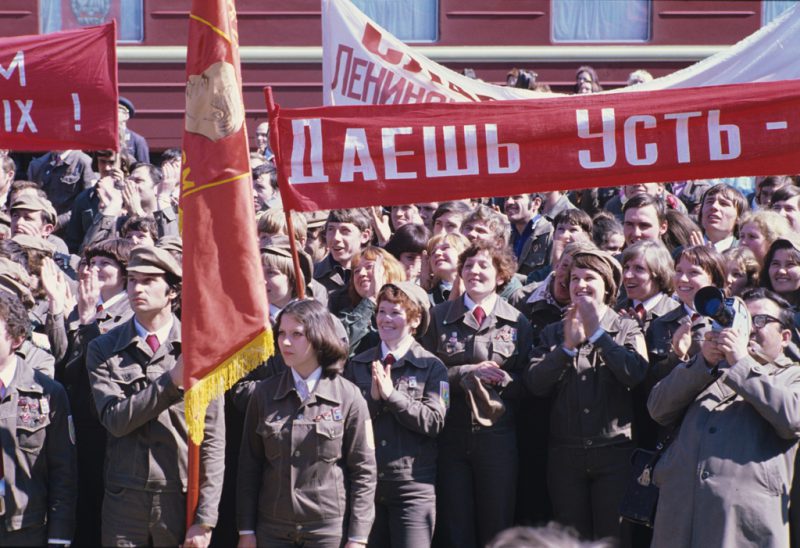
Now, after many years, the memories of the construction of the railway are shrouded in a romantic flair. Yes, people faced many problems, but the hardship of life could not spoil the general atmosphere of enthusiasm, friendship, brotherhood and love. Young specialists, who came to the construction site (for example, cooks, salesmen, telephone operators, doctors, etc.), were more demanded there than in cities. As the railway continued to be built, the need for people trained in different professions increased. Many people got married, formed families, had children there. Soon, in impassable before the taiga, settlements and small towns grew up, in which houses, residential quarters, kindergartens, schools, hospitals were built. Many people who came to the BAM stayed to live there even after the completion of their work on the construction site. Other specialists, after the BAM, went to work in other large-scale projects or returned to cities. One way or another, the BAM grew and developed at a fast pace, reviving space around itself.
In the late 1980s and early 1990s, the development of the BAM – like many other projects in the country – was first suspended and then stopped. It was only in 2003 that the most technically sophisticated section was built, in addition to the existing railway which already worked at that point. Now the BAM is working to the limit of its capabilities and other projects that could modernize the existing railway are being reviewed again.
Conclusion
The BAM has become more than a railway construction site. It was the place where people’s life was built.
Many songs, poems and movies were made about the BAM (“Letter from BAM”, 1980, “Volunteers”, 1958, etc.). Shrouded in romance, the BAM still remembers the words of its builders “Our hearts are beating BAM”.

Culturologist, professor of Russian as a foreign language and promoter of Russian culture.
Aleksandra gives Russian lessons via Skype.





